Brněnský Drak Wishing You a Happy New Year
31 December 2005Šťastný nový rok přeju vám všem!
(Happy New Year! Sorry if you celebrate New Years at other times, I am afraid this will have to do from me. Cheers!)
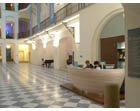 Prague has lots of big museums. Most of them are special, most are interesting, and most are well taken care of. The new music branch of the National Museum, however, is still exceptional. Most noticeably, it's brand new. Rotating exhibits are housed on the ground floor while the museum's permanent collection is (at least partially) displayed on the first floor. The massive Vrtbovský palác has been restored in a tasteful, understated style. The building's large inner court apears to be suitable for concerts and lectures, which are set against the dramatic backdrop of the main staircase. Upon entering, your attention is drawn up past three balconies with wrought-iron railings toward the large cupolo skylight that illuminates the main hall. It is impressive.
Prague has lots of big museums. Most of them are special, most are interesting, and most are well taken care of. The new music branch of the National Museum, however, is still exceptional. Most noticeably, it's brand new. Rotating exhibits are housed on the ground floor while the museum's permanent collection is (at least partially) displayed on the first floor. The massive Vrtbovský palác has been restored in a tasteful, understated style. The building's large inner court apears to be suitable for concerts and lectures, which are set against the dramatic backdrop of the main staircase. Upon entering, your attention is drawn up past three balconies with wrought-iron railings toward the large cupolo skylight that illuminates the main hall. It is impressive.  While strolling unsuspectingly past the freezers this evening at Interspar I innocently glanced to the right. My shopping daze was rudely interrupted by a shocking display: frozen pizza! Not so surprising, you think? Indeed, it was not the frozen pizza alone (in itself relatively boring), but the packaging. This was not your average frozen pizza. The boxes read, "Big Americans: Pizza American Style." In English, no Czech, German, or French. Could you pass it up? Neither could I. Particularly when I saw that many were "Texas" flavored.
While strolling unsuspectingly past the freezers this evening at Interspar I innocently glanced to the right. My shopping daze was rudely interrupted by a shocking display: frozen pizza! Not so surprising, you think? Indeed, it was not the frozen pizza alone (in itself relatively boring), but the packaging. This was not your average frozen pizza. The boxes read, "Big Americans: Pizza American Style." In English, no Czech, German, or French. Could you pass it up? Neither could I. Particularly when I saw that many were "Texas" flavored.  A series of impressions from the week before Christmas. It is, of course, lovely to be in the Czech Republic for Christmas, but I tried to notice the less conventional side of things, or at least the non-everyday things. (I was so caught up in the 'bustle' last week that I didn't get around to photographing much of it, and some of the photos are from after the fact.)
A series of impressions from the week before Christmas. It is, of course, lovely to be in the Czech Republic for Christmas, but I tried to notice the less conventional side of things, or at least the non-everyday things. (I was so caught up in the 'bustle' last week that I didn't get around to photographing much of it, and some of the photos are from after the fact.) Ježíšek's post office; you can get a postmark that says "Traditional Czech Christmas, Brno."
Ježíšek's post office; you can get a postmark that says "Traditional Czech Christmas, Brno."
Last night was a pre Christmas / end-of-the-year meeting/dinner with the Fulbright group. It was more personable than the embassy's silver-trayed and white-gloved waiters. At the 'meeting' we all talked about our experiences in the Czech Republic. What went well? What didn't? Those of us not located in Prague had a chance to get reacquainted with each other and the Praguers and even to meet some new Fulbright grantees who will be joining us for the winter. Afterward we had dinner at 'Hot Wings', a restaurant of unlikely name so perhaps I'm misremembering. Anyway, I was afraid that they would only have chicken wings. We, however, had a multi-course dinner served at a leisurely pace (to facilitate 'networking'). The food included a large "Capri" salad (tomatos and mozzrella), chicken breast stuffed with mushrooms (with lots of potatos on the side), a dessert course of "Tiramisu" (though it was more like small dessert things), and a chaser of Becherovka. So my weekend in Prague continues. I hope to return on the 'Brno Dragon' express. More about that when I get back.
 If you are ever in need of pizza delivered when you are in Prague, just tap your heels together three times quickly and think intently, "Pizza, Go Home!" The shop of the same name will soon send your pizza running on its own two legs towards your apartment or hotel. If you're lucky it might even have toppings. Their central location (on the expressway through town) ensures quick delivery even in outlying areas such as Prague 10 or, in a pinch, the National Archive near Chodov.
If you are ever in need of pizza delivered when you are in Prague, just tap your heels together three times quickly and think intently, "Pizza, Go Home!" The shop of the same name will soon send your pizza running on its own two legs towards your apartment or hotel. If you're lucky it might even have toppings. Their central location (on the expressway through town) ensures quick delivery even in outlying areas such as Prague 10 or, in a pinch, the National Archive near Chodov.

 As you can see, it's nasty. Even after it was cleaned with heavy-duty cleaner it was still black on the bottom! And it's small, and the cupboards are too low above it. Do you think you could find space in your cradle for a new sink when you fly by on Christmas Eve? Thanks.
As you can see, it's nasty. Even after it was cleaned with heavy-duty cleaner it was still black on the bottom! And it's small, and the cupboards are too low above it. Do you think you could find space in your cradle for a new sink when you fly by on Christmas Eve? Thanks.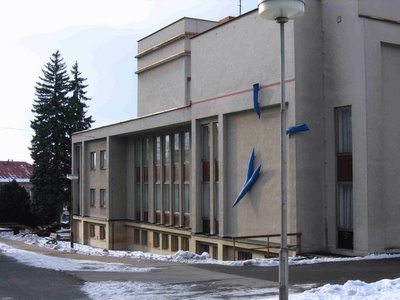 while knowing the church was never more than two or three kilometers away:
while knowing the church was never more than two or three kilometers away: 
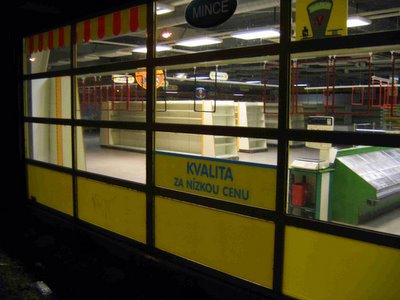
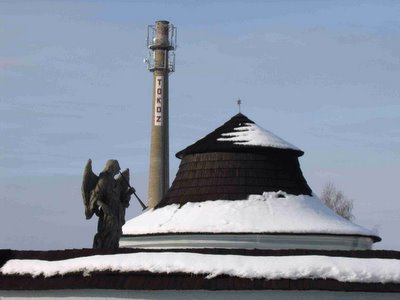

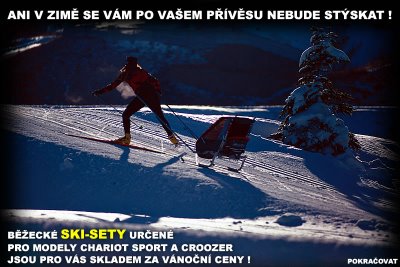
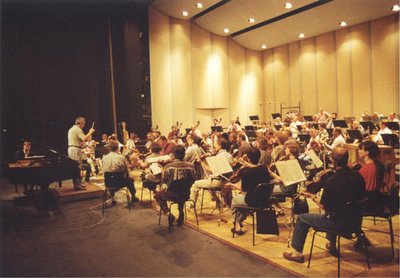


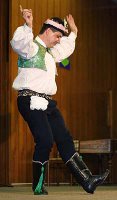 On Nov. 25 UNESCO unveiled the Third Proclamation of Masterpieces of the Oral and Intangible Heritage of Humanity. The verbuňk dance, one of the most virtuosic Czech "folk" dances, was among the forty-three citations. The result was decided by an eighteen-member international jury appointed by the UNESCO Director-General and came after a two-year selection process. The citation gives a general description. It does not, however, address much more. For example, why is the dance Czech (Moravian)? What influences came together in the formation of this tradition? Is it more deserving of recognition or "preservation" than other art forms in the region?
On Nov. 25 UNESCO unveiled the Third Proclamation of Masterpieces of the Oral and Intangible Heritage of Humanity. The verbuňk dance, one of the most virtuosic Czech "folk" dances, was among the forty-three citations. The result was decided by an eighteen-member international jury appointed by the UNESCO Director-General and came after a two-year selection process. The citation gives a general description. It does not, however, address much more. For example, why is the dance Czech (Moravian)? What influences came together in the formation of this tradition? Is it more deserving of recognition or "preservation" than other art forms in the region?